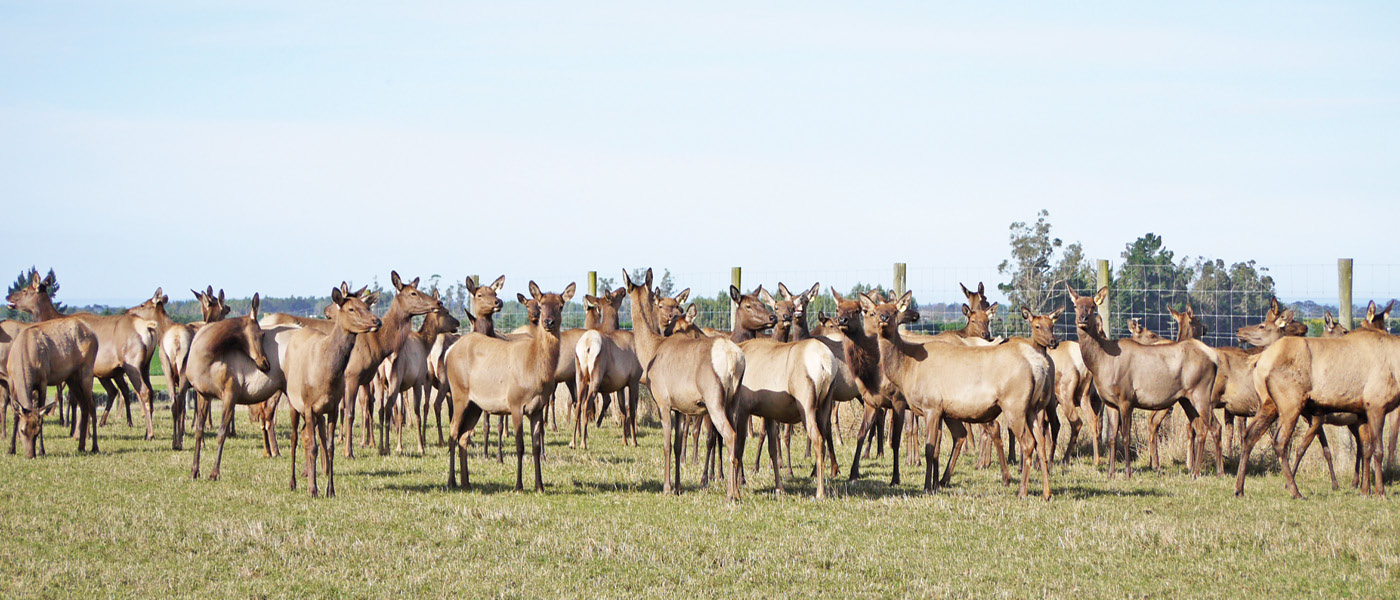
The timing of and process for weaning is crucial to the success and therefore profitability on deer farms. It is a highly stressful time for hinds and fawns, and careful thought needs to be given to the process to minimise this and maximise growth. While natural weaning does not occur until the fawns are at least 7 months old, this is not feasible in a farming system, so the process must be manipulated with care. Stress levels of deer can quickly elevate through a mob causing much lower growth rates and increasing susceptibility to disease.
While farmers have the choice of weaning pre-rut, post-rut or even later (all with their pros and cons), most farmers within the scope of this newsletter audience will be doing a pre-rut wean, so the focus of this article will be on a weaning age of only 3-4 months. This option is especially warranted as we head into what looks to be a (very) dry summer. Post-rut weaning better suits extensive hill country properties with a low input system, and while this maintains good fawn growth, it reduces the hind’s conception therefore pushing out next year’s fawning dates.
Weaning early (mid-late Feb), especially in a dry summer, will reduce total feed demand by 12-20%. To maintain reproductive performance for next season, it is important to remove that lactation energy drain in order to maintain or increase hind condition. BUT for this to be successful for the weaners, planning is needed, and fawns should be a minimum of 12 weeks of age for their rumen function to be able to cope without milk as part of the diet.
If possible, the hinds and fawns should be run through the yards pre-weaning to familiarise them with the process and administer their first Yersiniavax® (if >12wks of age) +/- a drench. Other treatments such as tagging are best done at a yarding well before or after weaning to again minimise stress. Keep mob sizes small and have patience putting them through the yards at all times.
Timings to keep in mind when planning:
Once the best-fit weaning date is established for your farm, the weather should be checked (do not wean in poor weather) and the ‘Aitken weaning method’ should be considered to settle weaners quickly. This involves bringing the hinds and weaners into the weaning paddocks 24-48hrs beforehand to allow them to become familiar with the environment and feed type. The fawns will then be weaned back into those relatively fresh paddocks and the hinds taken some distance away out of sight and sound. This will all help reduce fence-pacing behaviour. The fawns can be with or without “aunty” hinds to help them settle and lead through gates, laneways etc. This should be done at a ratio of 5 per 100 fawns, and again it helps them to settle and improve growth rates.
Another option is weaning indoors, but this is not without risk of injury and the fawns must be accustomed to the hard feed already. Any weaning facility must have a clean water supply, shelter, and ample familiar feed. Weaning mobs should have fawns of a similar weight to minimise any bullying behaviour. With any weaning strategy death rates are expected to be less than 1%, and the deer must be checked regularly for any sign of injury, illness or stress, with remedial action being taken to ensure their welfare.
Management of fawns after weaning should see any unfamiliar disturbances minimised (eg dogs), and a growth rate of at least 300g/day should be targeted. For this they will need the best feed available but always need to be changed onto this gradually, allowing the rumen time to adapt if not familiar with it. If customised high-quality diets such as clover, chicory, plantain (13 MJME/kg DM) are not available then pasture covers need to be at least 2200kg DM/ha (~10cm) and have a green leaf content >60%.
Hinds with a BCS <3 at weaning need preferential feeding. These may often be the hinds which have produced the best fawns (having milked so well) or the first calvers, so they then need priority access to feed. A BCS <3 will result in a 5+ day delay to mating and a reduced conception rate of about 10%.
For more information contact your Vetlife veterinarian and refer to:
DINZ Deer Fact: Best practice weaning management
DINZ Deer Fact: Drought feeding and management: www.deernz.org/bcschart
Rebecca Pirie
Vetlife Alexandra